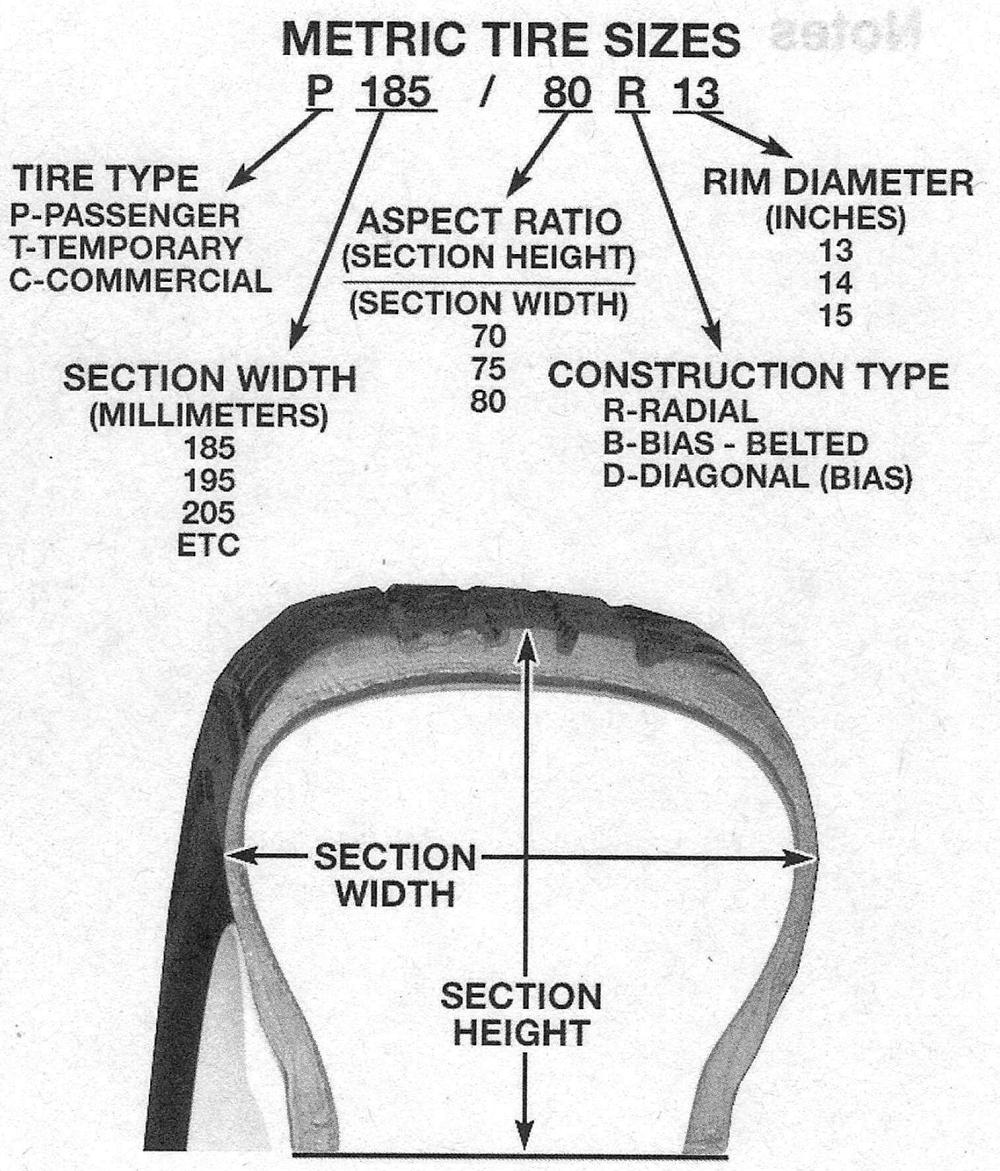Wheels and tires — general information Ford F150
1. All vehicles covered by this manual are equipped with metric-size steel belted radial tires (see illustration). These models require the specific tire size, speed rating, load range and construction type to insure the correct ride, handling, speedometer/odometer calibration, tire/body clearance, wheel bearing tolerance and brake cooling characteristics. Use of other size or type of tires may affect all/one of these conditions. Don’t mix different types of tires, such as radials and bias belted, on the same vehicle as handling may be seriously affected. It’s recommended that tires be replaced in pairs on the same axle, but if only one tire is being replaced, be sure it’s the same size, structure and tread design as the other.
2. Because tire pressure has a substantial effect on handling and wear, the pressure on all tires should be checked at least once a month or before any extended trips (see Tune-up and routine maintenance).
3. Wheels must be replaced if they’re bent, dented, leak air, have elongated bolt holes, are heavily rusted, out of vertical symmetry or if the lug nuts won’t stay tight. Wheel repairs that use welding or peening are not recommended.
4. Tire and wheel balance is important to the overall handling, braking and performance of the vehicle. Unbalanced wheels can adversely affect handling and ride characteristics as well as tire life. Whenever a tire is installed on a wheel, the tire and wheel should be balanced by a shop with the proper equipment.
